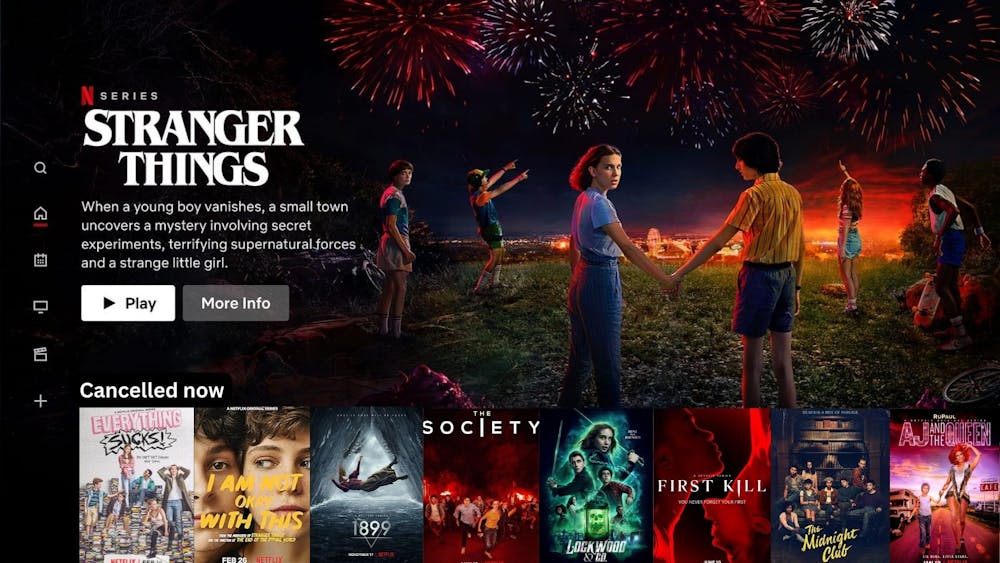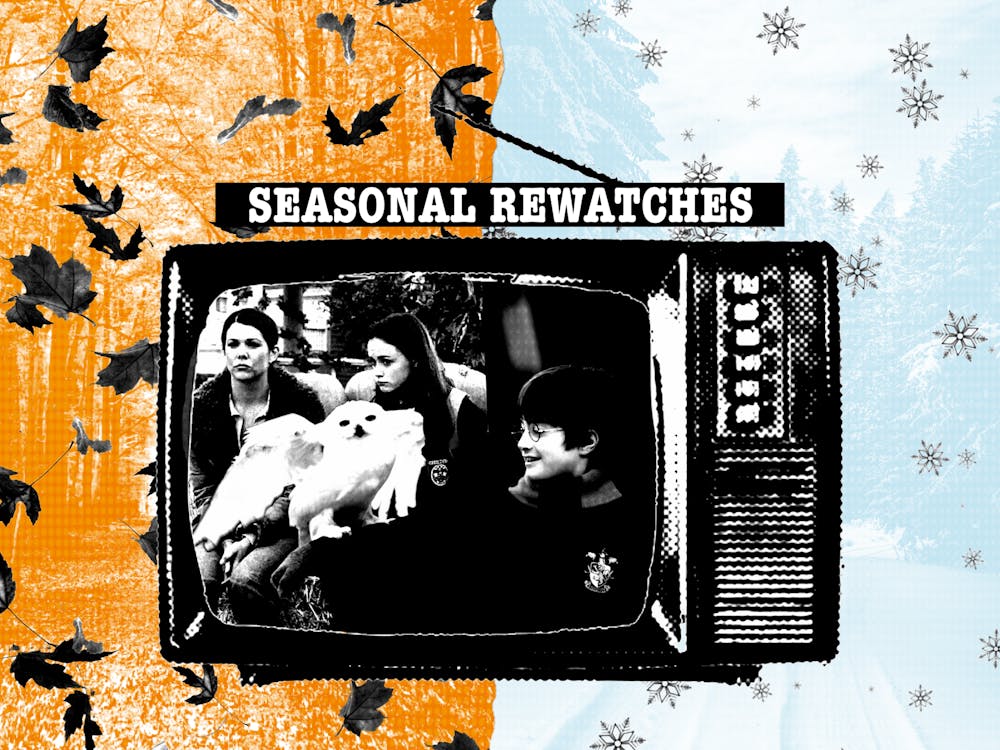“Shiny object syndrome” has become the norm for the streaming giant known as Netflix. The streamer is infamous for canceling original series after one or two seasons, which often leads the company to face backlash and frustration from fans of said shows.
During the golden age of television, one season in a television show would be at least 20 or more episodes long, thus making two seasons of a show more forgivable to viewers.
Fast forward to the present day, with streaming titans like Netflix adopting a trend of producing shorter seasons, typically ranging from eight to 13 episodes. “Wednesday,” one of the platform’s most poular shows, only had eight episodes in its first season, and the first season of “XOXO Kitty” has just 10 episodes.
Cancellation has become so common that shows such as “Scott Pilgrim Takes Off” are tailored to this trend — the anime is an eight-episode production that drew its conclusion at the end of the season. Had it not been for Netflix shows becoming more disposable, the anime may have had a better chance of lasting longer.
If a show doesn’t hit the same level of success as “Stranger Things,” Netflix doesn’t deem it as being worth keeping on the platform. Victims of this shiny object syndrome include “Lockwood & co.” and “The Society” both being canceled after only one season. Both shows received positive reviews from both critics and audiences alike, yet that didn’t stop Netflix from deciding not to renew each show for a second season.
Andy Rice, professor of media, journalism and film, highlighted this phenomenon.
“‘Stranger Things’ is a reason people subscribed,” Rice said. “There’s not many shows like that.”
Other Netflix shows have fed into the thriller/horror genres, such as “The Recruit,” “The Order” and “1899.” Once again, despite favorable feedback from fans and commentators, each show was not given the same chance “Stranger Things” has had to flourish on the platform and expand its audience.
Part of the motivation for Netflix is income. Before streaming services took over, TV shows would get paid primarily off of viewership. Streaming services don’t work that way — one account is one unit of income.
“They don’t tell outside people why they do what they do … streaming, unlike broadcast television, is not more profitable when a show is seen by more people because it’s subscription based,” Rice said.
On top of that, outside sources including COVID and the SAG-AFTRA strikes slowed down production across the board. Neither one falls under the control of Netflix.
Another factor is content distribution. Netflix operates differently from competitors such as HBO & Apple TV. Netflix’s competitors, HBO Max and Disney+, release new episodes every week whereas Netflix puts out a new season all in one package. This strategy gives a new show about a month to give Netflix a returnal investment.
Enjoy what you're reading?
Signup for our newsletter
The expectations people have for shows may be unattainable. The societal standards for what a good series should look like was made under a system that is ceasing to exist due to switching from cable to streaming services.
No matter how many subscribers voice their opinions, Netflix will continue to cancel shows that do not meet the expectations of its shareholders. People continue to enjoy the high quality content that Netflix puts out, even with the cancellation of fan favorites.
“You enjoyed the most extraordinary 10 years of television. And that was how you came of age. So the expectations you have for TV are unrealistic,” Rice said.




